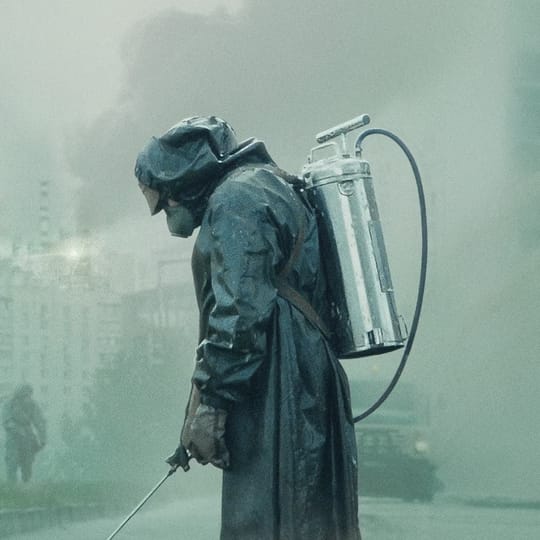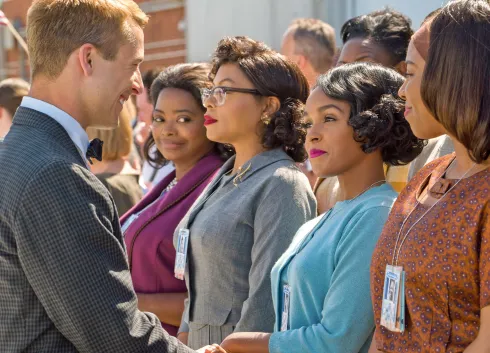
Chernobyl on Screen: HBO’s Retelling Balances Gritty Accuracy with Dramatic License
By Ina Kim
HBO Max’s television miniseries Chernobyl delivers a compelling narrative inspired by one of the most catastrophic nuclear accidents in history.
Under the creative direction of Craig Mazin, the showrunner, the series goes beyond the explosion itself, choosing to focus deeply on the aftermath and its damaging effects on the individuals involved. In contrast to many other popular historical fiction films, which have always started in the middle of the event, Chernobyl’s chosen perspective sets it apart and conveys the importance of each human life.
Mazin’s Chernobyl dramatizes the real Chernobyl accident in 1986. The explosion in Chernobyl followed many men and women who used their efforts to fix the aftermath. The actual disaster occurred when workers performed a safety test but were unaware of the procedures, which led to steam building up in the reactor’s design when the workers attempted to restart the reactor’s power. Attempting to restart it triggered a power surge, leading to rapid overheating and steam pressure. These melted the core of the reactor, and Chernobyl released an immense amount of radiation into the environment.
The show does dramatize the disaster strongly, and it works perfectly well as a whole to showcase the life-threatening results of the explosion. The spread of radiation, causing the workers to vomit or bleed, however, could have been exaggerated to make Chernobyl more horrifying to the audience. For example, in the show, we could see numerous workers’ skin turning red immediately from skin-to-skin contact. However, the real Chernobyl accident did not cause immediate red skin. People did experience skin damage, but not as fast as portrayed in the show. What was not shown specifically in the show were children who developed thyroid cancer, which was a type of cancer that children were exposed to from the radiation.
Excluding the historical aspects of Chernobyl, the buildup to the scenes or during them, the music has definitely shown the shock of the aftermath. There was also the shakiness of the camera, barely handheld, which almost made the audience feel like we were in the same room as the characters. With these elements, Chernobyl would make us feel the stronger but depressive impact of the nuclear explosion and its aftermath.
Unfortunately, while Chernobyl has been praised for its historical accuracy, great narrative and filmmaking elements, the miniseries has created controversy because of the portrayal of the Soviet officials. The Soviet officials in the miniseries were shown as the “villains,” and many critics had claimed a misinterpretation. When the real nuclear disaster happened, Soviet officials tried to escort many harmed individuals away from the explosion in order to keep them safe. However, before that, Soviet officials had always tried to cover up the disaster. The Soviet officials being labeled as “villains” in Chernobyl might have come too strongly, which did spark controversy after all.
Mazin’s historical accuracy of the Chernobyl accident has proved itself in the miniseries. While we focus on the effects of the nuclear plant exploding, we can also understand the dangers to everyone’s lives. In the end, the reactor design was indeed flawed and had many errors that lacked safety for the workers and individuals around. The explosion caused radioactive materials to spread, harming hundreds of people.
In the end, the miniseries Chernobyl proved itself to be noticed for two main factors: the story and the accuracy. Mazin managed to create his own story within the real-life accident explosion, while keeping the historical accuracy in there, making the show feel more realistic. The hardest part about watching the miniseries is seeing how the nuclear explosion has harmed many individuals, from children to adults. Mazin took the real-life event, showed the audience the horrible cause and aftermath, and added his own story of many perspectives from individuals to truly show what the Chernobyl accident in 1986 had done to the environment and public.



